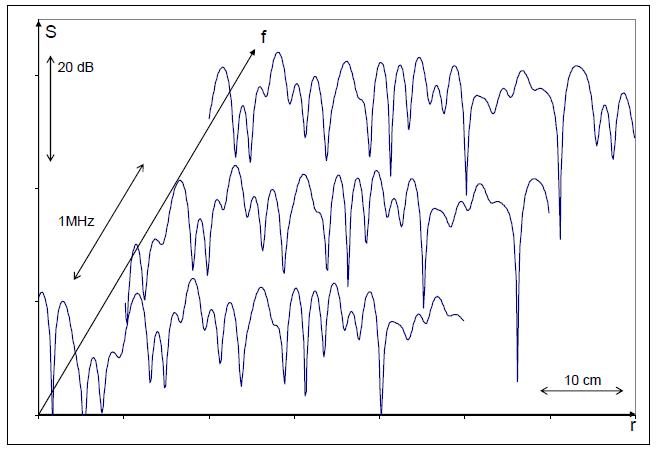Scheduling Principle
Deployment of shared channels offers the possibility for scheduling. In this way information on varying channel conditions can be exploited to increase the overall throughput.
Fast scheduling in time (1 ms) and frequency domain reduces latency and improves peak rate. Adaptive Modulation and Coding leads to higher data rates and optimizes spectral efficiency Hybrid ARQ leads to higher efficiency in transmission and error correction. A scheduler deploys mechanisms to determine which user(s) is(are) served in a given transmission time interval.
 Dynamic assignment of radio resources to the UE is done by taking into account channel conditions and priorization for the UE with the better channel conditions.
Dynamic assignment of radio resources to the UE is done by taking into account channel conditions and priorization for the UE with the better channel conditions.
Benefit is the maximization of the Node B throughput, high peak date rates for the UE and an efficient usage of the radio resources.
Furthermore OFDMA / MIMO allows scheduling decisions on the basis of three dimensions: time, frequency and space.
Frequency and time domain
The channel’s decorrelation in frequency and time offers the possibility to exploit the varying conditions. Scheduling resource is the time-frequency grid. In detail, the basic scheduled resource consists of a 1 ms (sub-frame, TTI) and 12 subcarriers, 180 kHz. The efficiency of the scheduling strongly depends on the deployed algorithm.
 Additionally the performance depends on the UE speed. Furthermore the gain of the scheduling may be higher the higher the number of scheduled UE’s. The scheduling functionality is provided by the MAC layer.
Additionally the performance depends on the UE speed. Furthermore the gain of the scheduling may be higher the higher the number of scheduled UE’s. The scheduling functionality is provided by the MAC layer.